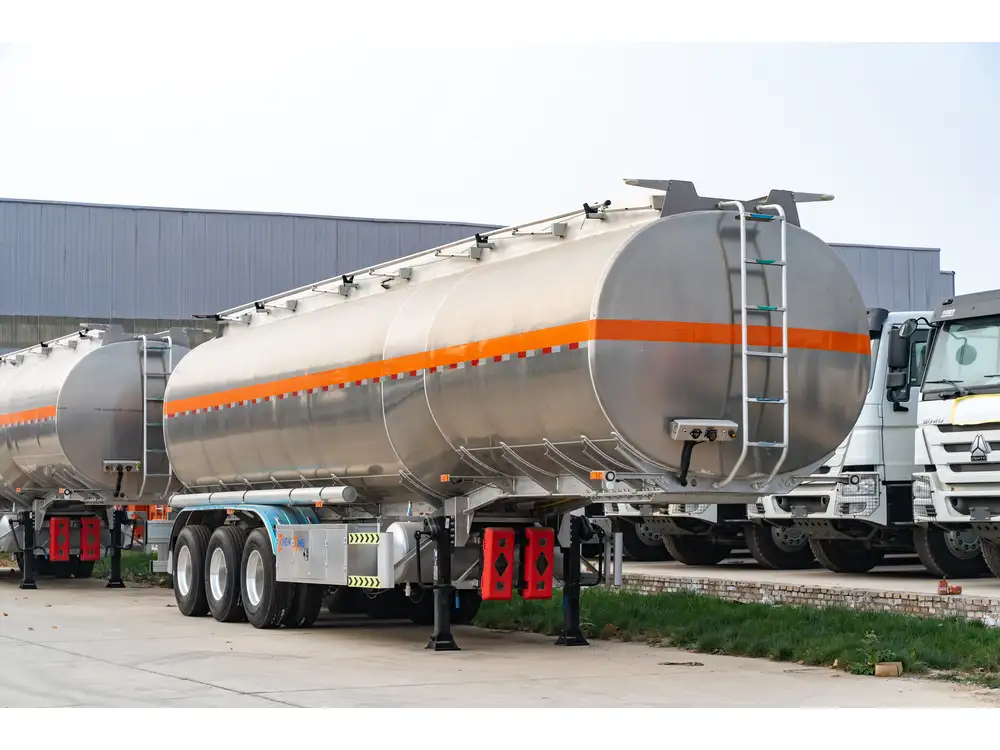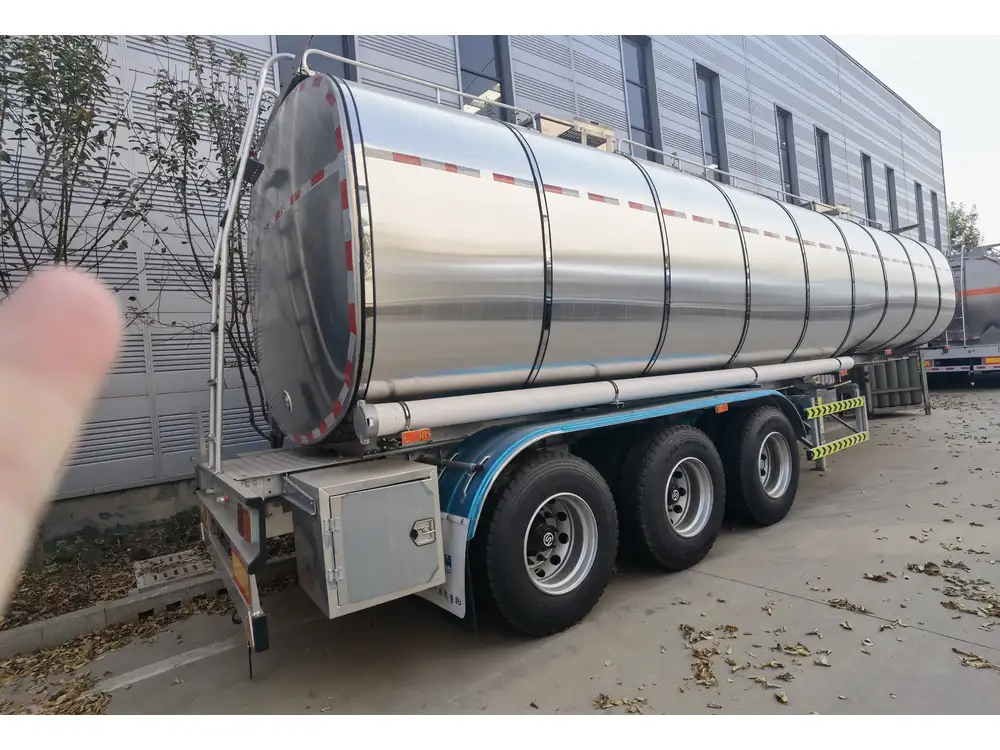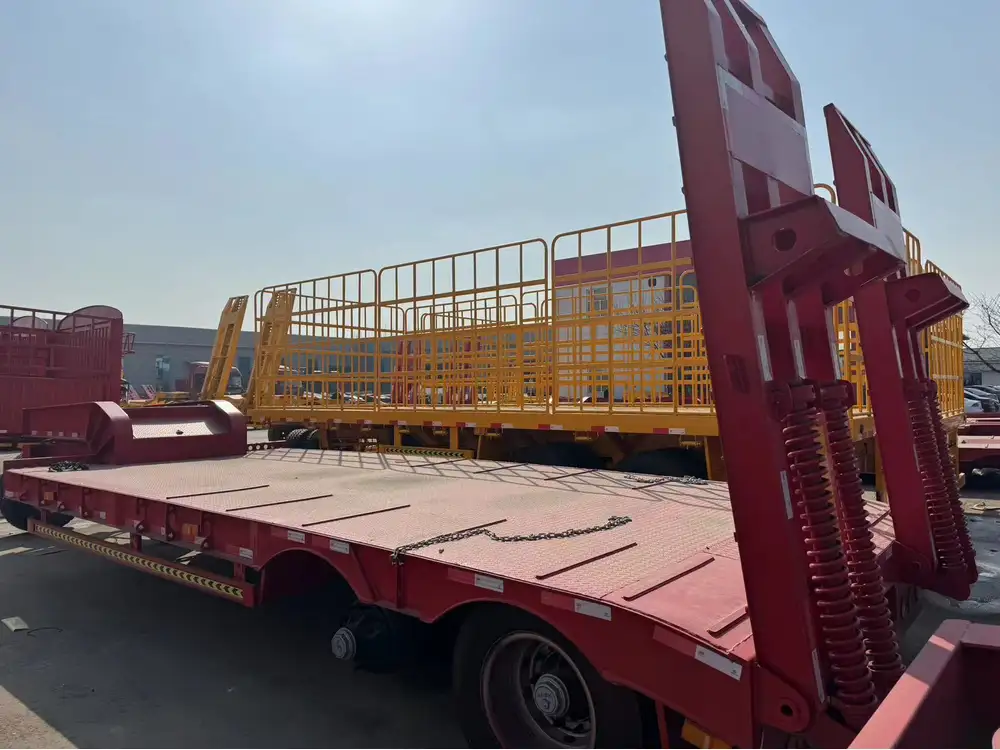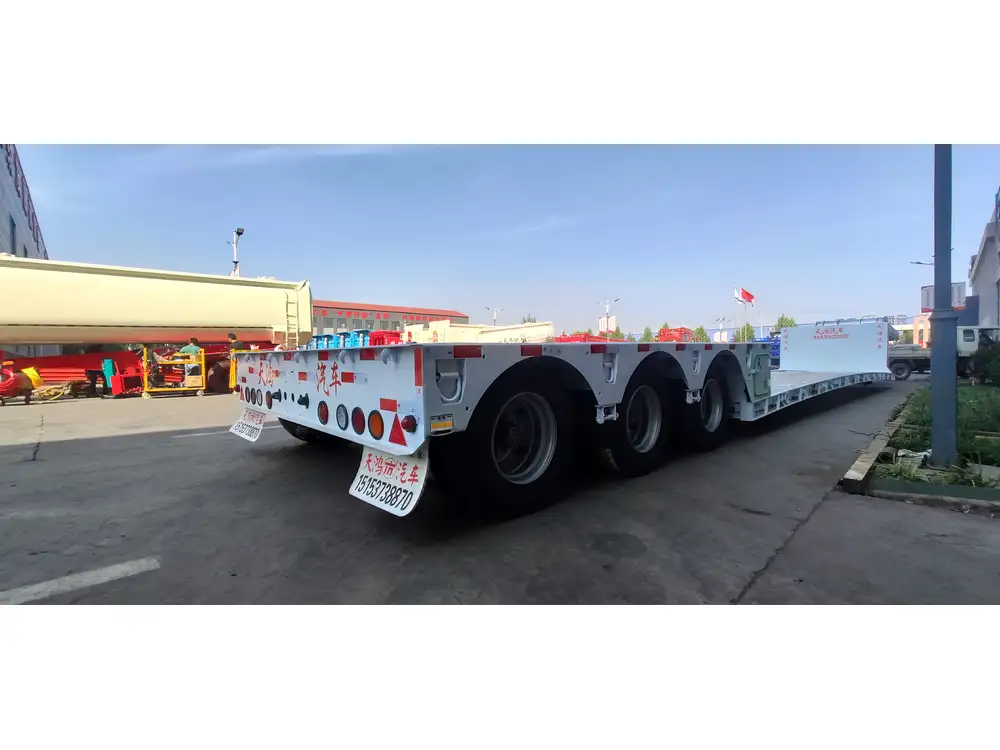Flatbed trailers stand as a quintessential tool in the transport industry, revered for their flexibility and capacity to accommodate various loads. In this comprehensive analysis, we dive deep into the metrics and specifications surrounding these trailers, with a particular focus on “how long is the average flatbed trailer.” This examination not only outlines typical dimensions but also delves into the factors influencing these measurements and the implications for transport logistics.
Average Length of Flatbed Trailers
Flatbed trailers exhibit a range of lengths, most commonly conforming to standard specifications dictated by transportation regulations. On average, flatbed trailers can be segmented into various categories based on size:
| Trailer Size | Average Length | Common Uses |
|---|---|---|
| Standard Flatbed | 48 – 53 feet | General freight |
| Specialized Flatbed | 40 – 48 feet | Heavy equipment, construction materials |
| Extended Length Flatbed | 54 – 60 feet | Oversized loads, machinery transport |
| Mini Flatbed | 20 – 30 feet | Local deliveries, lighter loads |
While the data shows a predominance of 48 to 53 feet for standard flatbed trailers, the choice of length often hinges on specific transport requirements and regulatory frameworks.
Regulatory Influences on Flatbed Trailer Length
The overall dimensions of flatbed trailers are frequently mandated by federal and state regulations, which aim to ensure safety on the roads. The Federal Highway Administration (FHWA) has established guidelines that typically cap the maximum length of trailers at 53 feet for ease of highway transport. However, special permits can be acquired for longer trailers, often referred to as “oversized” loads, which can exceed this standard length.

Importance of Selecting the Correct Length
Choosing the right length of a flatbed trailer is fundamental for logistics efficiency. A longer trailer can accommodate more cargo, but it also requires more careful maneuvering, particularly in urban or densely populated areas. In contrast, a shorter trailer is easier to maneuver but may fall short for larger freight, leading to the potential need for multiple trips and increased transportation costs.
Factors That Influence Flatbed Trailer Length Selection
Type of Cargo:
- Heavy Machinery: Requires substantial space, thus often necessitating longer trailers.
- Construction Materials: Standard lengths generally suffice unless specific regulations demand otherwise.
Transport Distance:
- Longer trips may justify the use of longer trailers to maximize load capacity, whereas local deliveries often prefer shorter trailers for ease of access.
Equipment Compatibility:
- Certain types of cargo, such as specialized machinery, may require flatbeds equipped with particular loading configurations.
Loading and Unloading Considerations
When discussing flatbed trailers, loading and unloading mechanisms are vital components that correlate directly to the trailer’s length and design. Factors to consider include:
- Accessibility: Longer trailers may necessitate more clearance and suitable loading ramps, particularly for oversized goods.
- Loading Dock Compatibility: It’s crucial to assess whether the length of the trailer will fit into existing loading docks and facilities, ensuring efficiency during loading operations.

Conversion Metrics: Inches to Feet
Understanding the length of flatbed trailers isn’t just a matter of numbers. It’s essential to navigate the industry’s conversion metrics efficiently.
| Measurement Units | Conversion Factor |
|---|---|
| 12 inches | 1 foot |
| 48 inches | 4 feet |
| 360 inches | 30 feet |
For users frequently dealing with specific cargo requirements, having a quick reference for conversion can streamline decision-making regarding the appropriate flatbed trailer length.
Comparison of Flatbed Trailers with Other Trailer Types
Flatbed trailers are part of a larger family of trailer types, each designed for specific tasks. Understanding these differences can significantly impact logistical efficiency.
Table: Flatbed vs. Other Trailer Types
| Trailer Type | Key Features | Common Uses |
|---|---|---|
| Flatbed Trailer | Open design, versatile, various lengths | Construction, machinery, lumber |
| Enclosed Trailer | Fully covered, additional security | Sensitive loads, weather protection |
| Reefer Trailer | Temperature controlled, insulated | Perishable goods, pharmaceuticals |
| Lowboy Trailer | Low profile, heavy equipment transport | Construction machinery, industrial equipment |
By comparing flatbed trailers with other trailer types, it becomes evident that they serve a unique niche in the transport sector, particularly for items that do not require shelter but benefit from easy loading and unloading.

Pros and Cons of Flatbed Trailers
| Pros | Cons |
|---|---|
| Highly versatile for varied cargo types | Susceptible to weather impacts |
| Easier loading and unloading processes | Requires secure strapping and tarping |
| Ideal for oversized and heavy loads | Higher potential for cargo theft |
Understanding the strengths and weaknesses of flatbed trailers allows manufacturers and logistics managers to make informed choices when considering transport solutions.
Key Specifications to Know for Optimizing Flatbed Use
When utilizing flatbed trailers, several key specifications and metrics can enhance operational efficiencies and safety. These include:
Payload Capacity: Understanding the maximum weight a trailer can support is crucial. This typically ranges between 48,000 to 55,000 pounds for standard flatbed trailers.
Axle Configuration: The number of axles can impact load distribution and stability. Common configurations include single, tandem, and tri-axle setups.
Deck Height: This affects the ease of loading. A lower deck height allows for easier loading of heavy machinery but must also consider ground clearance.
Maintenance Considerations for Longevity
Flatbed trailers demand regular maintenance to ensure optimal performance over time. Maintenance should cover:
- Tire Check: Regular inspections of tire pressure and tread for safety.
- Brake System: Ensuring that all components invoke effective stopping power.
- Deck Condition: Monitoring for rot or damage, especially on wooden decks.

Final Thoughts: Making the Right Choice
As we delve into the topic of flatbed trailers and their average lengths, it’s clear that understanding these measurements not only aids in decision-making but also influences the overall efficiency of transport logistics. By discerning the nuances associated with flatbed trailers—such as their regulatory constraints, loading mechanisms, and comparative advantages—manufacturers and end-users can optimize their transport operations effectively.
With the diverse applications these trailers serve, coupled with the varying lengths available, it becomes increasingly essential to select the adequate specifications that align with operational objectives. This ensures that both legal compliance and logistical efficiency are achieved, ultimately resulting in enhanced productivity and reduced operational costs in the competitive transport industry.



